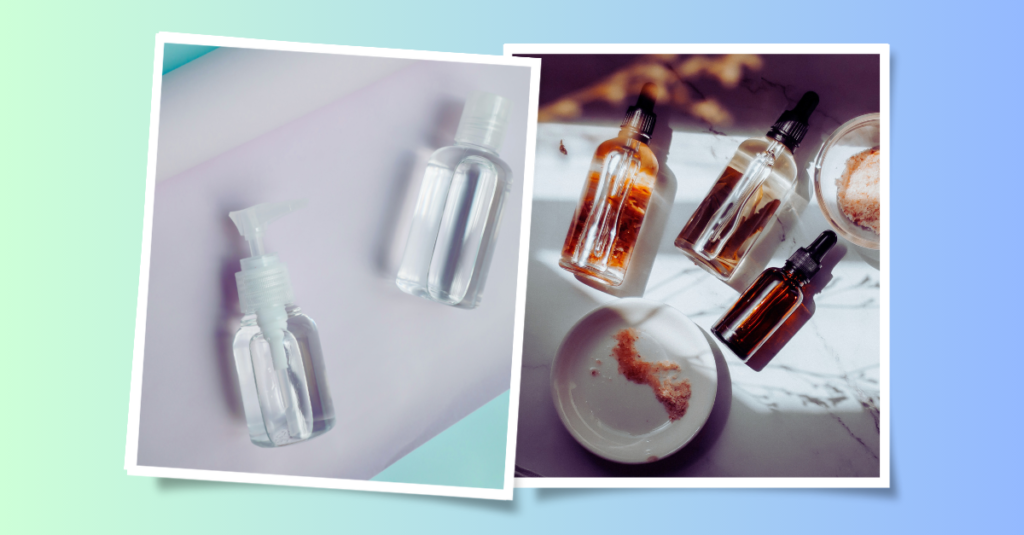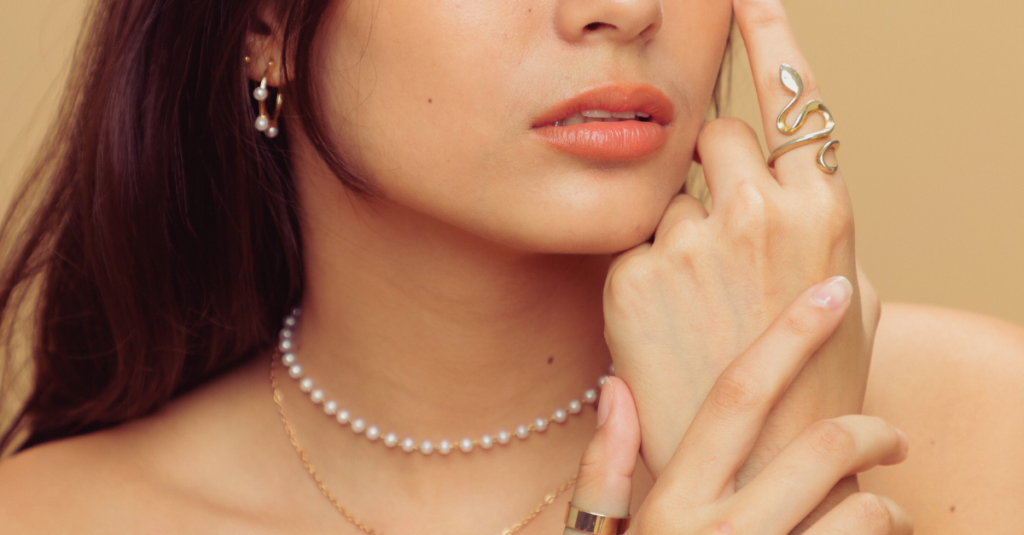Trimmed Chest Hair Troubles? Find Rapid Relief with These Easy Solutions!
Introduction
Are you one of those individuals who experience discomfort and irritation after trimming your chest hair? The struggle is real, but fear not! In this article, we’ve got you covered with easy solutions to provide rapid relief for your trimmed chest hair troubles. Say goodbye to the itch, redness, and irritation that often accompany the post-trim aftermath.
“Trimmed Chest Hair Troubles? Find Rapid Relief with These Easy Solutions!” is your ultimate guide to reclaiming comfort and soothing your skin after trimming. We understand the frustration that can arise when your grooming efforts result in unwanted side effects. That’s why we’ve compiled a list of simple yet effective remedies to address the common problems associated with trimmed chest hair.
Whether you’re dealing with itchiness, ingrown hairs, or dryness, we’ll show you how to find quick relief. From natural home remedies to over-the-counter products, we’ll explore a range of solutions to suit your preferences. So, sit back, relax, and let us help you navigate the path to a more comfortable and irritation-free chest post-trim.
-
Section 1: Understanding the Common Troubles
-
The Itch Factor: Causes and Relief
After trimming your chest hair, you may experience an uncontrollable urge to scratch. The itchiness is often caused by various factors, including regrowth, dryness, or skin sensitivity. To find relief, start by moisturizing the trimmed area with a lightweight, non-greasy lotion. Look for products that contain soothing ingredients like aloe vera or chamomile. Additionally, avoid wearing rough fabrics that can exacerbate the itchiness and opt for breathable materials instead.
-
Taming Redness and Irritation
Redness and irritation can be an unwelcome side effect of trimming chest hair. To soothe the skin and reduce inflammation, try applying a cold compress or using a gentle, fragrance-free moisturizer. Look for products that contain ingredients like vitamin E or green tea extract, known for their anti-inflammatory properties. It’s also essential to avoid further irritation by refraining from scratching or rubbing the affected area.
-
Dealing with Ingrown Hairs
Ingrown hairs can be both painful and unsightly. These occur when the hair curls back into the skin instead of growing out, leading to red bumps and potential infections. To prevent ingrown hairs, exfoliate the chest area regularly using a gentle scrub or a soft brush. This helps remove dead skin cells and allows the hair to grow freely. If you already have ingrown hairs, treat them by applying a warm compress to the area to soften the skin, followed by carefully using sterile tweezers to gently lift the hair out.
-
Section 2: Rapid Relief Solutions for Trimmed Chest Hair Troubles
-
Cooling and Soothing Remedies
When it comes to post-trim discomfort, cooling and soothing remedies can work wonders. Try using aloe vera gel, which has natural anti-inflammatory properties and provides a cooling sensation. Alternatively, you can apply a chilled chamomile tea bag to the affected area for instant relief. Another option is to create a homemade cooling mist using witch hazel and distilled water, which can be spritzed onto the skin to soothe irritation.
-
Hydration is Key
Dryness often accompanies trimmed chest hair, leading to itchiness and discomfort. Hydration is key to combating this issue. Choose a moisturizer specifically formulated for sensitive or post-shave skin. Look for ingredients like hyaluronic acid or shea butter, which provide intense hydration without clogging the pores. Apply the moisturizer generously after trimming to seal in moisture and keep the skin nourished throughout the day.
-
Exfoliation for Ingrown Hair Prevention
Regular exfoliation is crucial for preventing ingrown hairs and maintaining smooth skin. Use a gentle exfoliating scrub or brush to slough away dead skin cells and prevent hair follicles from becoming clogged. Pay extra attention to the chest area during exfoliation, ensuring gentle but thorough movements. By incorporating exfoliation into your grooming routine a few times a week, you can minimize the risk of ingrown hairs and promote healthier skin.
-
Proper Aftercare for Comfort
After trimming your chest hair, proper aftercare is essential to minimize irritation and promote healing. Start by rinsing the trimmed area with cool water to soothe the skin. Avoid using harsh soaps or scrubs that can further irritate the sensitive skin. Instead, opt for a mild cleanser formulated for sensitive skin or a gentle antibacterial wash to keep the area clean. After cleansing, apply a soothing balm or lotion to nourish the skin and provide a protective barrier.
-
Section 3: Long-Term Strategies for a Comfortable Chest Hair Grooming Experience
-
Choosing the Right Trimming Tools
Selecting the right trimming tools can make a significant difference in your grooming experience. Invest in a high-quality trimmer specifically designed for body hair to ensure a precise and comfortable trim. Look for trimmers with adjustable guard settings, allowing you to customize the length of your chest hair. Additionally, consider trimmers with hypoallergenic blades to minimize skin irritation.
-
Trimming Techniques for Comfort
Proper trimming techniques can help minimize discomfort and irritation. Start by combing your chest hair in the opposite direction of its growth to ensure an even trim. Use gentle, short strokes when trimming to avoid pulling or tugging on the hair. If you prefer a shorter trim, gradually decrease the guard setting to avoid any sudden changes in hair length that may cause irritation.
-
Regular Maintenance and Care
Maintaining a consistent chest hair grooming routine is key to preventing excessive growth and discomfort. Trim your chest hair regularly to maintain a desired length and avoid letting it become unruly. Additionally, keep the chest area clean and healthy by washing it daily with a gentle cleanser and lukewarm water. After washing, pat the skin dry gently and follow up with a moisturizer to keep the skin hydrated.
-
Seeking Professional Help
If you’re facing persistent chest hair grooming issues or are unsure how to effectively address them, consider seeking professional help. A grooming expert or dermatologist can provide personalized advice and recommendations based on your specific needs. They can also perform professional chest hair grooming services, such as waxing or laser hair removal, if you prefer a more long-term solution.
Conclusion
In conclusion, dealing with the discomfort and irritation that can arise after trimming your chest hair is a common challenge. However, with the easy solutions provided in this article, you can find rapid relief and regain comfort. By understanding the common troubles like itchiness, redness, and ingrown hairs, you can implement remedies such as moisturizing lotions, cold compresses, and exfoliation to address these issues. Rapid relief solutions like aloe vera gel and proper hydration through moisturizers can soothe and hydrate your skin. Additionally, adopting long-term strategies such as choosing the right trimming tools, practicing proper trimming techniques, and maintaining regular care can contribute to a comfortable chest hair grooming experience. If needed, professional help is available for personalized guidance.

My name is Rohit Vagh and I’m a content writer specializing in fashion and lifestyle. I have three years of experience in this field and have written various articles. My writing style is creative and engaging, and I strive to create content that resonates with my readers. I have a deep passion for fashion and am constantly researching the latest trends and styles to make sure my readers are up to date. I’m excited to continue my career in blogging, and I’m always looking for new opportunities in the fashion and lifestyle space.





